We all know the feeling when you delete a very important PDF document by accident. Has this ever happened to you? If yes, don't worry. You can get your files back. In this article, we will go over various ways of how to recover deleted PDFs.
Recovering PDF files can look different depending on a device and its operating system. Thus, we will show you how to do it on every popular operating system such as Windows, Mac, Android, and iOS. Once you are done with reading this guide, you will be able to restore your PDFs easily.
And to avoid deleting PDF accidentally, we recommend you to download UPDF via the below button and store your PDF files with UPDF Cloud so that you can access them anytime and anywhere.
Windows • macOS • iOS • Android 100% secure
Part 1. How to Recover Deleted PDFs on Windows? (3 Free Ways)
Firstly, we will go through recovering deleted PDFs on Windows. There are 3 free ways you can use to successfully recover your files. This includes recovering PDFs with backup and restore, file history, or recycle bin.
Each of these ways is described below.
Way 1. Recover Deleted PDFs on Windows with Backup and Restore
Use this method if you previously enabled the backup feature using the Windows Backup and Restore feature.
Open Control Panel by selecting "Win + R", type "Control Panel" and press enter. In the Control Panel, select "System and Security" and then choose "Backup and Restore (Windows 7)". Select "Restore my files" to start the process of recovering your documents. Browse through the files and select the ones you want to recover. Choose the location for your files and click "Restore". Now your files will be recovered.
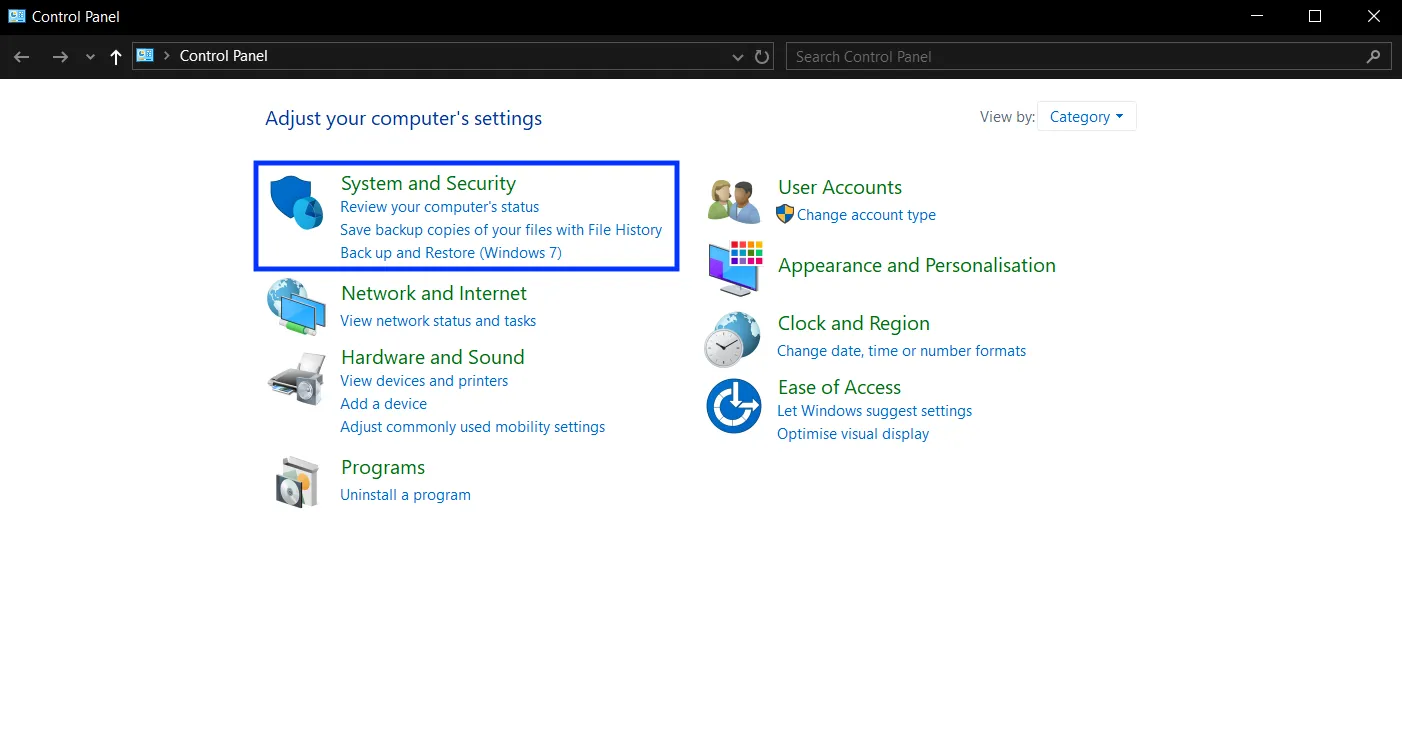
Way 2. Recover Deleted PDFs on Windows with File History
Windows operating system includes a backup feature called "File History". When this option is enabled, it takes snapshots of files that are stored in various folders and then saves them on a backup drive. Use this option when you previously enabled it.
Simply, open File Explorer and then right-click the folder where your deleted PDF files were located. Select the "Restore previous versions" option and choose one of the previous versions of the folder. Then click "Open" or "Open in File History". Find your deleted files, select them, and click the Restore button.
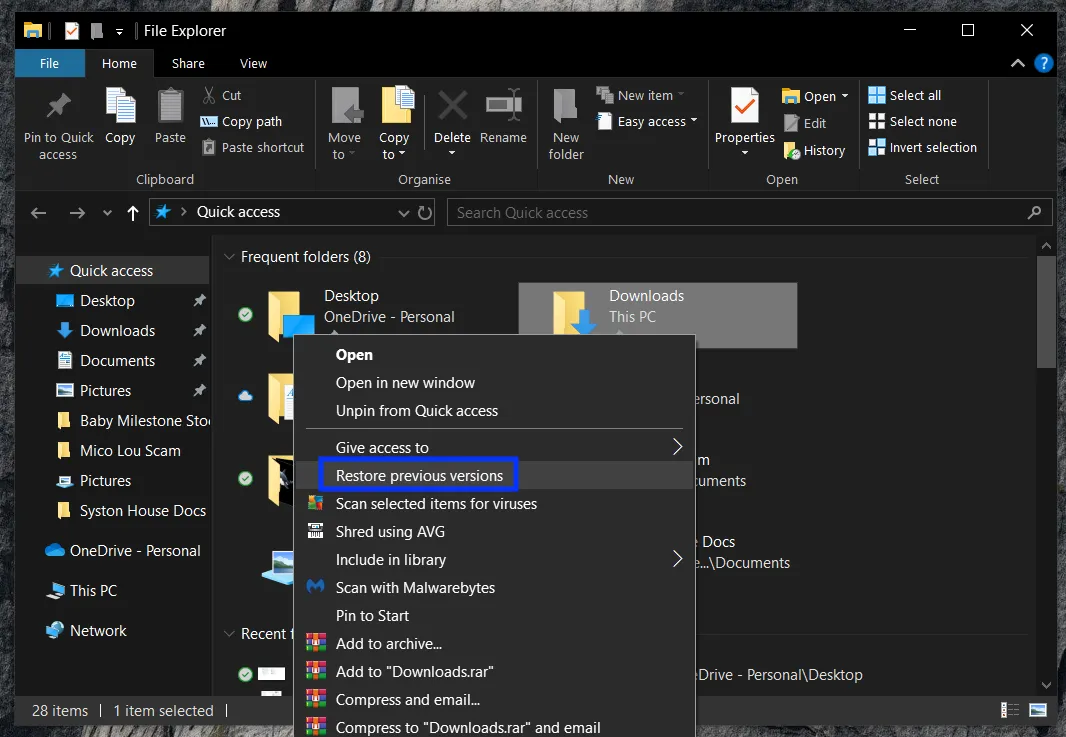
Way 3. Recover Deleted PDFs on Windows with Recycle Bin
If you accidentally deleted important PDF files, one of your options is to recover them using the Recycle Bin. This method can be used when the PDF files were deleted recently and were not deleted by using "Shift + Delete". As long as you didn't empty the bin right after the deletion, your files can be saved.
Open your Recycle Bin and find the file you deleted. Now you can recover your file by dragging it from the bin to your desktop or right-clicking it and selecting "Restore".
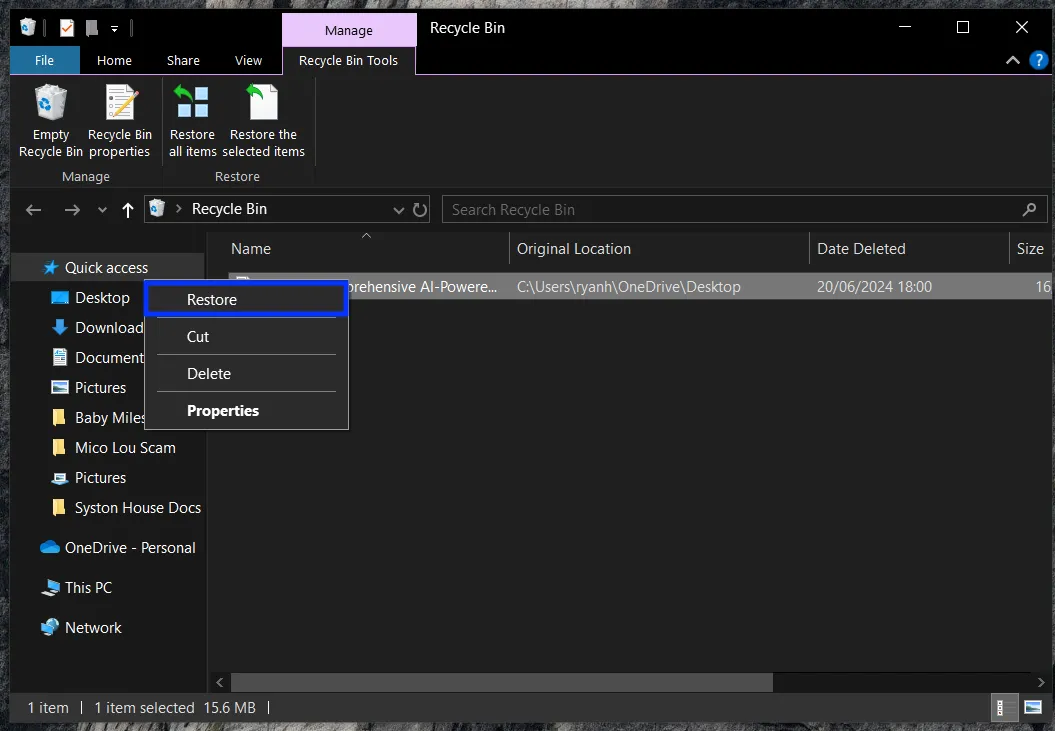
Other Tips to Recover Deleted PDFs on Windows
There are also other ways that can help you recover your PDF files if the above options fail.
Google Drive
Look for the file in your cloud if you normally store your files there. You can do this by checking "Trash" from the navigation panel.
Paid PDF Recovery
Another option is to get a paid PDF recovery tool. There are a lot of third-party file recovery tools such as Stellar Data Recovery Professional, EaseUS Data Recovery Wizard, Recuva, and Disk Drill to name a few.
Contact the sender
If the file you deleted was shared with you by someone else, you can always contact them and ask them to send it again.
Also Read: Repair A Corrupted PDF File: Causes, Solutions & Quick Fixes
Part 2. How to Recover Deleted PDFs on Mac (Free Way)
You will be able to recover your deleted PDFs on Mac for free by using the Time Machine. Time Machine is a tool for Mac users that helps to back up files to an external hard drive. If you enable backing up your Mac with Time Machine, you will be able to recover your deleted documents without any other paid software.
To recover your PDF files, go to "Finder", then navigate to the top menu and select "Go" > "Applications" > "Time Machine".
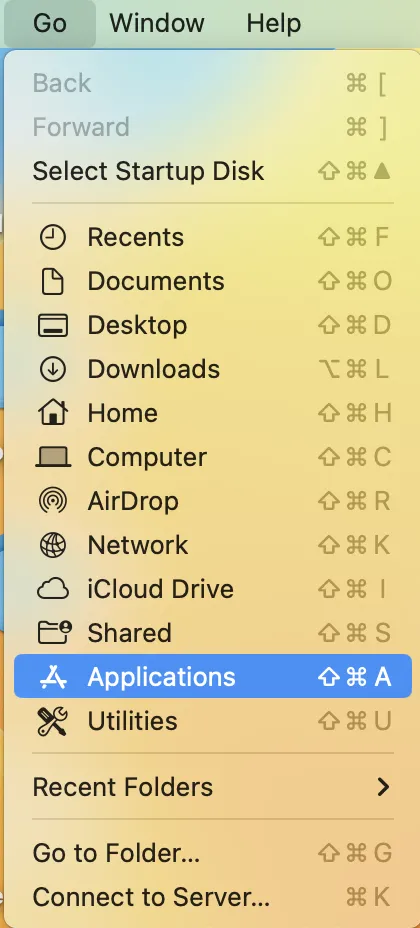
Now open the location where your PDF file was originally stored. Use the Time Machine's timeline to check the file's backup and when it was still available to access on your Mac. Once you find it, select the file, preview it, and then click "Restore". This will recover your deleted PDF file.
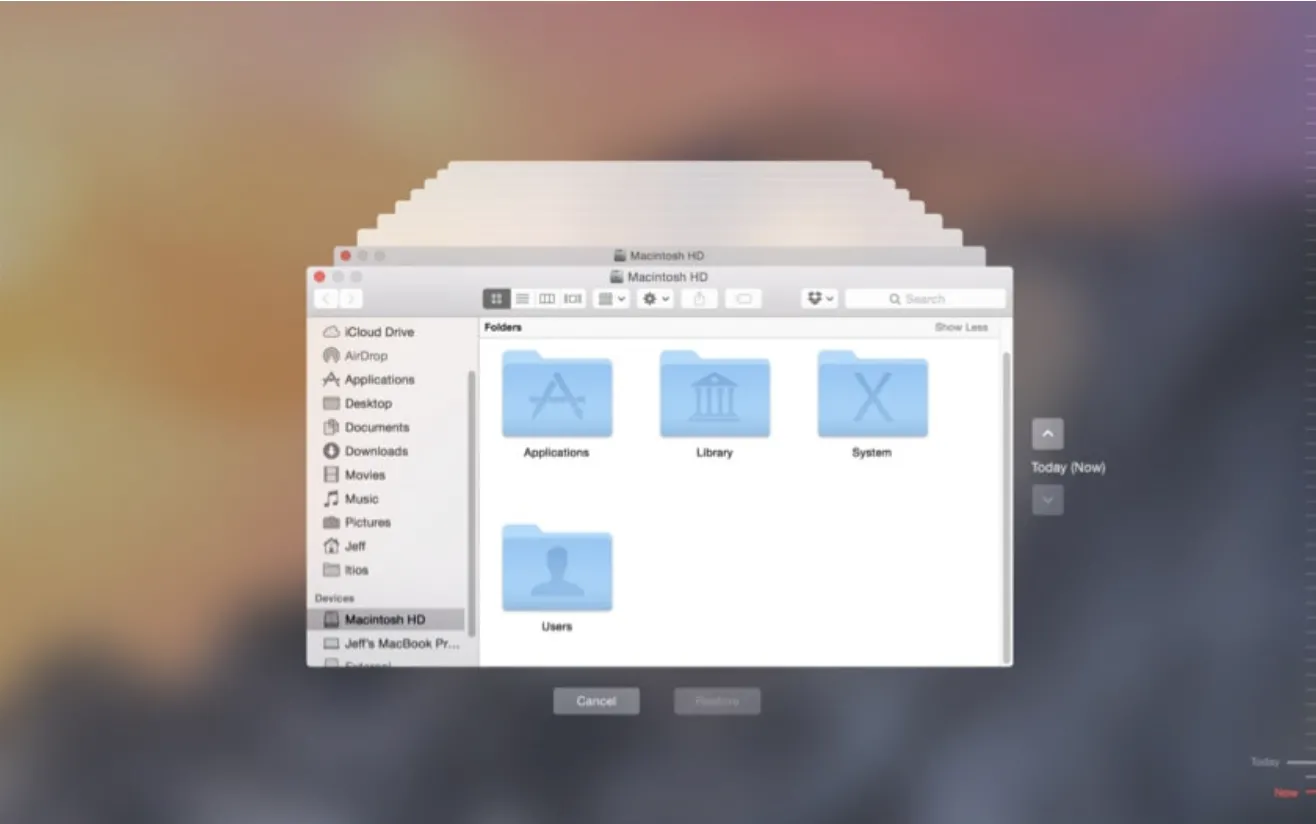
If you haven't set up your Time Machine, make sure to do it now to have backups for the future.
Also Read: 5 Best PDF Repair Tools (Windows, Mac, and Online)
Part 3. How to Recover Deleted PDF Files on Android/iOS?
Now we will talk about recovering deleted PDF files on Android and iOS. If you store your files in the Cloud such as iCloud (for iOS) or Google Drive (for Android), you will have a better chance of recovering them.
Google Drive
If you deleted a PDF file using Google Drive or the Google Drive app, you might be able to recover the file yourself. To do that, open your Google Drive App and select "Bin" from the menu.
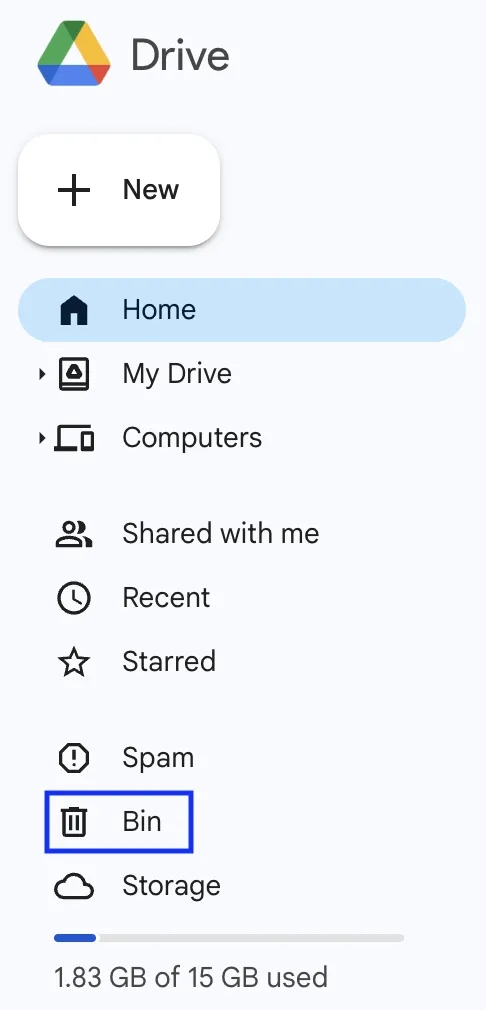
You will see a list of recently deleted files. Find the file you want to recover, click the three dots next to it, and tap "Restore". Now your file will be recovered.
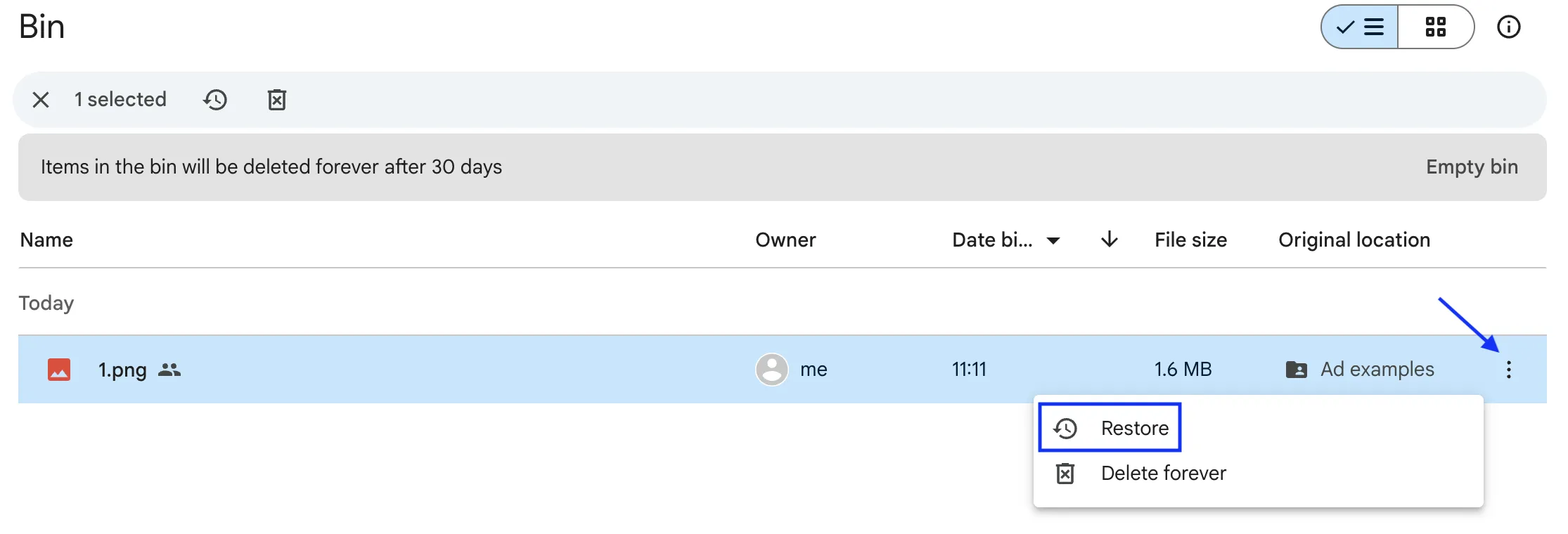
iCloud
You can recover recently deleted iCloud files within 30 days. To do that, simply login to your iCloud Drive on iCloud.com and navigate to the menu in the top right corner. Select "Data Recovery".
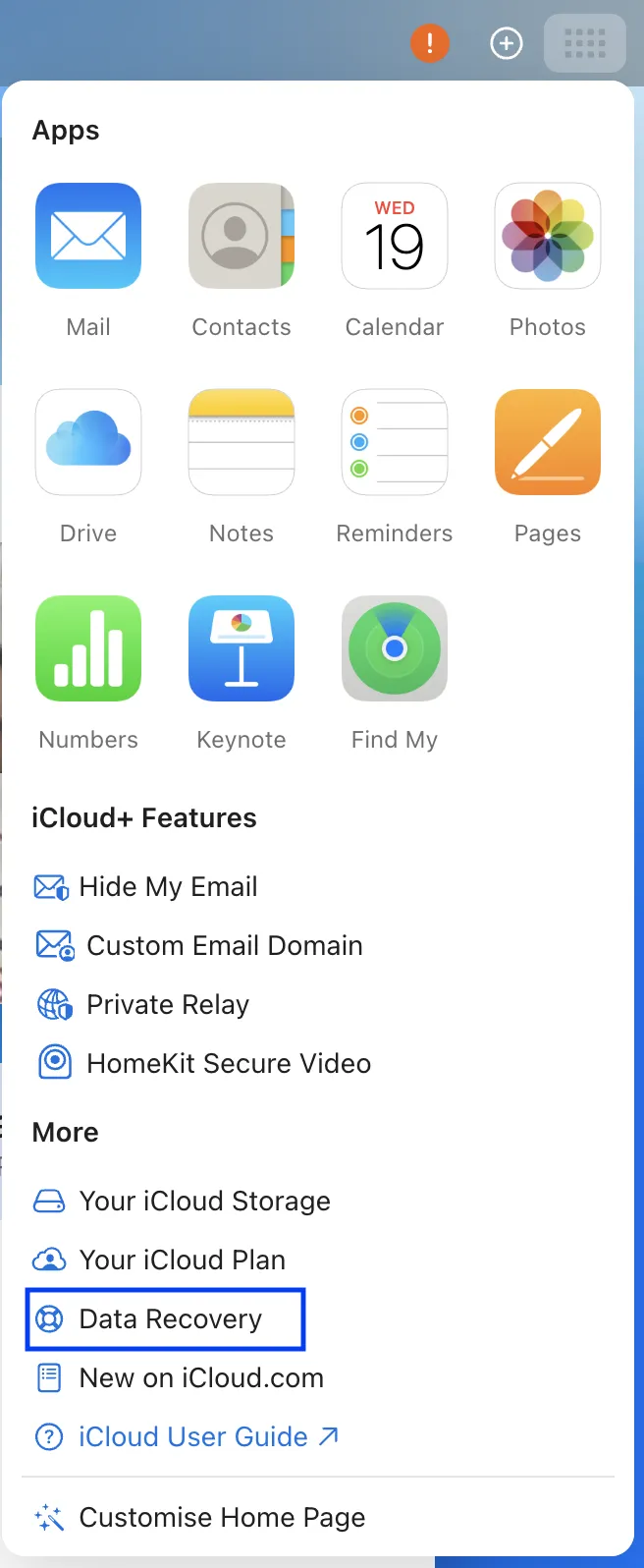
And then "Restore Files". Now select the file you want to restore and then confirm you want to restore them.
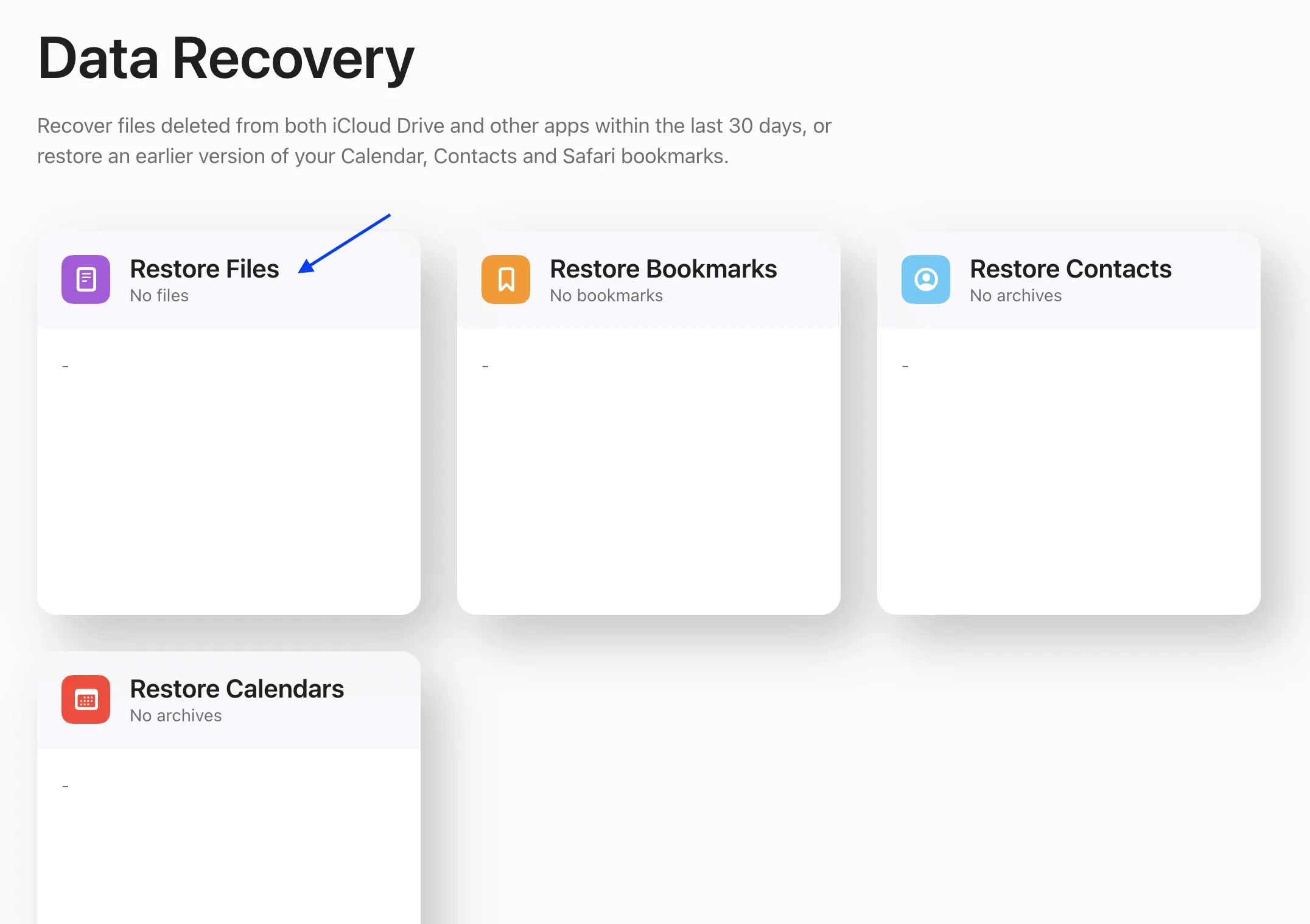
Part 4. Bonus Tip: How to Store PDF Files to Avoid Deleting Them Accidentally?
To make sure that you won't lose any important PDF files in the future, it's a good practice to store them on the cloud. Uploading it as a backup to the cloud may take some time, but better to be safe than sorry.
You can use UPDF to store your PDF files by creating a folder in UPDF Cloud. This will help you to organize your PDF files and keep them safe. With one account, you will be able to access all your PDF documents on Windows, Mac, Android, and iOS. Moreover, UPDF Cloud offers 1GB without signing up for any subscriptions (with a 10MB file size limitation). Thus, it's a great option for you to test it out before investing in it.
Apart from storing your PDF files, UPDF offers many other features. This includes tools for editing your PDFs, annotating, organizing, and redacting your files. OCR implemented in UPDF can help you make any scanned document or image editable. What is more, UPDF's AI Assistant will allow you to generate ideas or check grammar. Don't wait, download UPDF via the below button to test it and purchase UPDF by clicking here if you like it. You can also check out this video to learn more:
Windows • macOS • iOS • Android 100% secure
Now we will show you how to store PDF files in UPDF Cloud.
Simply launch UPDF and navigate to the menu on the left side. Click "UPDF Cloud" and then select "Upload" to upload the files you want to store in the cloud. Once it finishes uploading, it will be stored in the cloud. If you want to create a folder to organize all your PDF files, you can click on the "+New Folder". Name it and save. Now, you can select all PDF files and move them into the folder you created. If you want to access all the PDF files on the other devices, you can open UPDF and login with the same account.
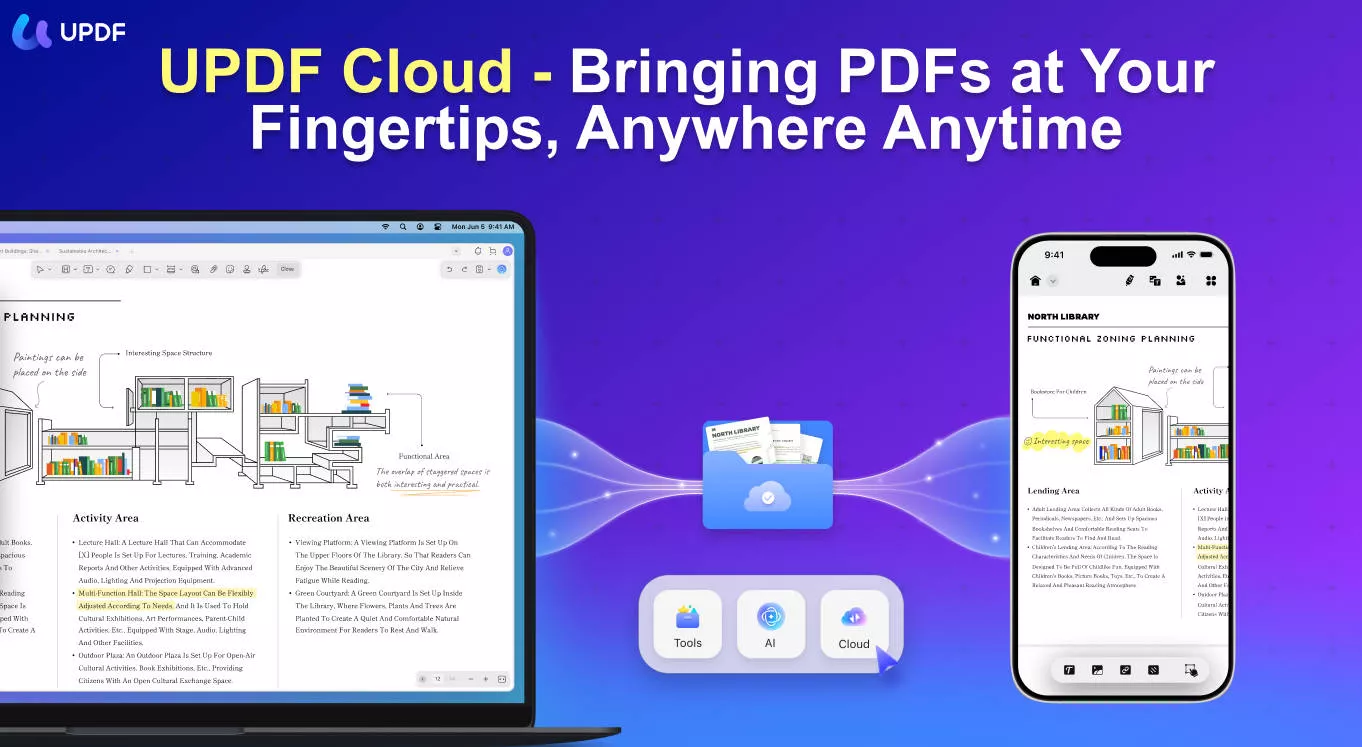
Part 5. FAQs About How to Recover Deleted PDF Files
In this part, we will answer the most frequent questions people ask about recovering deleted PDF files. We hope that these additional tips will equip you with the knowledge you need.
Q1. How to Recover Deleted Pages from PDF?
In most PDF editors like UPDF and Adobe, you can hold "CTRL+Z" to restore a deleted page if you did it by accident. However, if you already saved a document, you can recover the previous version with the Time Machine on Mac or Backup and Restore on Windows. These ways were already described in this article. Just scroll up to follow the steps.
Q2. Which is The Best App to Recover Deleted PDF Files?
The best option is to use free tools such as Time Machine (Mac), Backup and Restore (Windows) or restore files from the cloud like Google Drive or iCloud. Of course, these options work only if you had these tools enabled before you deleted the file. Thus, if they fail, you can always get paid software such as Disk Drill. Disk Drill is available for both Mac and Windows and has an intuitive interface, making it a popular choice for users.
Q3. How to Recover Permanently Deleted PDF Files?
Recovering permanently deleted PDF files is a challenge, however, it is possible. Firstly, remember to check any backups such as Google Drive, iCloud, and OneDrive to see if you can still restore it. If not, use a file recovery software such as Disk Drill. Download the software and install it, then select the drive to scan it. Once the scan is finished and the application finds deleted files, select the PDF files you want to recover.
Conclusion
We hope that you were able to successfully recover deleted PDF files with our guide. We went through all the possible ways that can help you restore deleted PDF documents. If you want to be better prepared for the future, we strongly recommend downloading UPDF and using its UPDF Cloud. Your documents will be safely stored in the cloud where you can always access them.
Windows • macOS • iOS • Android 100% secure
 UPDF
UPDF
 UPDF for Windows
UPDF for Windows UPDF for Mac
UPDF for Mac UPDF for iPhone/iPad
UPDF for iPhone/iPad UPDF for Android
UPDF for Android UPDF AI Online
UPDF AI Online UPDF Sign
UPDF Sign Edit PDF
Edit PDF Annotate PDF
Annotate PDF Create PDF
Create PDF PDF Form
PDF Form Edit links
Edit links Convert PDF
Convert PDF OCR
OCR PDF to Word
PDF to Word PDF to Image
PDF to Image PDF to Excel
PDF to Excel Organize PDF
Organize PDF Merge PDF
Merge PDF Split PDF
Split PDF Crop PDF
Crop PDF Rotate PDF
Rotate PDF Protect PDF
Protect PDF Sign PDF
Sign PDF Redact PDF
Redact PDF Sanitize PDF
Sanitize PDF Remove Security
Remove Security Read PDF
Read PDF UPDF Cloud
UPDF Cloud Compress PDF
Compress PDF Print PDF
Print PDF Batch Process
Batch Process About UPDF AI
About UPDF AI UPDF AI Solutions
UPDF AI Solutions AI User Guide
AI User Guide FAQ about UPDF AI
FAQ about UPDF AI Summarize PDF
Summarize PDF Translate PDF
Translate PDF Chat with PDF
Chat with PDF Chat with AI
Chat with AI Chat with image
Chat with image PDF to Mind Map
PDF to Mind Map Explain PDF
Explain PDF Scholar Research
Scholar Research Paper Search
Paper Search AI Proofreader
AI Proofreader AI Writer
AI Writer AI Homework Helper
AI Homework Helper AI Quiz Generator
AI Quiz Generator AI Math Solver
AI Math Solver PDF to Word
PDF to Word PDF to Excel
PDF to Excel PDF to PowerPoint
PDF to PowerPoint User Guide
User Guide UPDF Tricks
UPDF Tricks FAQs
FAQs UPDF Reviews
UPDF Reviews Download Center
Download Center Blog
Blog Newsroom
Newsroom Tech Spec
Tech Spec Updates
Updates UPDF vs. Adobe Acrobat
UPDF vs. Adobe Acrobat UPDF vs. Foxit
UPDF vs. Foxit UPDF vs. PDF Expert
UPDF vs. PDF Expert

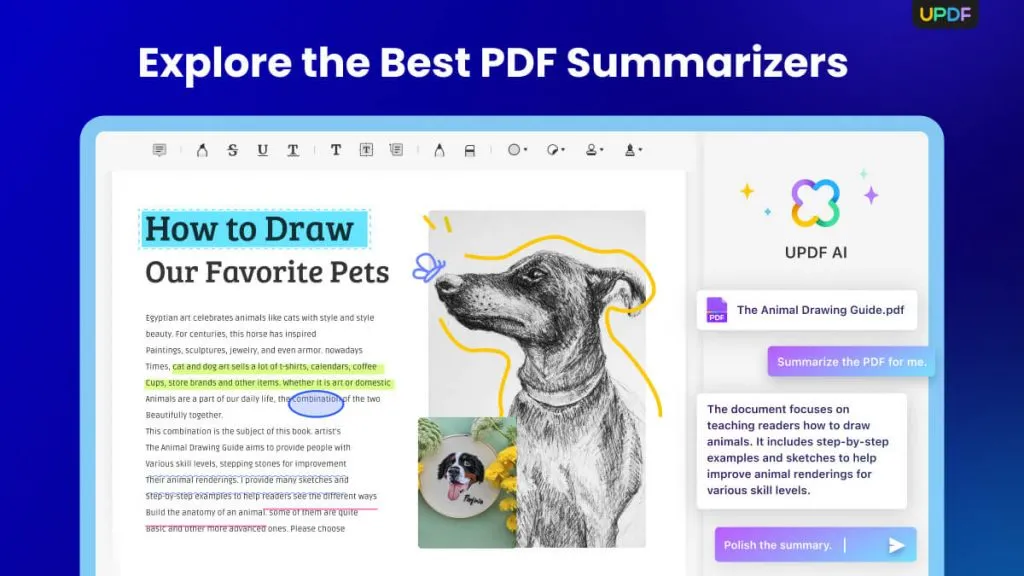

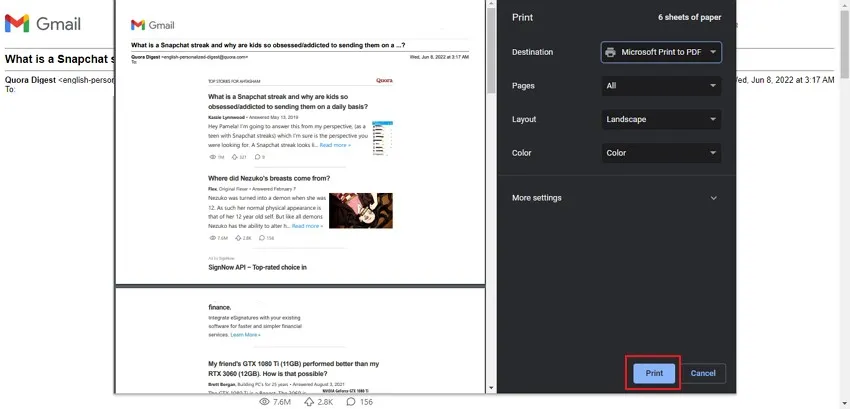




 Lizzy Lozano
Lizzy Lozano 

 Enrica Taylor
Enrica Taylor 
 Engelbert White
Engelbert White 